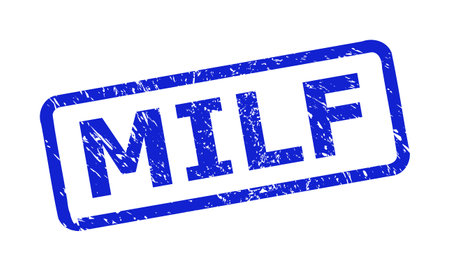
In recent years, the term “MILF” has gained significant popularity and has become a common phrase in mainstream culture. Despite its widespread use, it remains a controversial term for many. This blog post aims to explore the origins of the term, its evolving meanings, and its impact on modern society.
The Origins of “MILF”:
The term “MILF” is an acronym that stands for “Mother I’d Like to F***.” It is believed to have been popularized by the 1999 American comedy film “American Pie.” In the movie, a group of high school students use the term to describe their friend’s attractive mother, played by actress Jennifer Coolidge.
While the acronym may have gained traction in popular culture through this film, the concept behind it can be traced back much further. Throughout history, older women have been both admired and vilified for their sexual desirability, especially when it comes to their relationships with younger men. The term “MILF” can be seen as a modern manifestation of this longstanding cultural fascination.
The Evolution of the Term:
Over the years, the meaning and use of the term “MILF” have shifted. Originally intended as a crude and derogatory label, it has since taken on new dimensions. Today, some people use the term to celebrate the attractiveness and sexual confidence of older women. In this context, “MILF” can be seen as a subversion of traditional gender norms that dictate women should be demure and uninterested in sex, especially as they age.
However, others argue that the term remains objectifying and offensive. Critics say that “MILF” reduces women to their physical appearance and sexual desirability, reinforcing harmful stereotypes about women and motherhood.
The Impact on Modern Society:
The term “MILF” has had a notable impact on modern society, especially in terms of how older women are perceived and represented. In the media, “MILF” has given rise to a genre of pornography centered around older women and younger men, often referred to as “cougar” or “MILF” porn. This has further blurred the lines between the term’s objectifying origins and its more recent empowering connotations.
Additionally, the term has sparked conversations around ageism and the way society views women as they age. The popularity of the “MILF” label highlights the double standard that exists for men and women when it comes to aging and sexual desirability. While older men are often seen as distinguished and attractive, older women have historically been subjected to harsher scrutiny and negative stereotypes.
Conclusion:
The term “MILF” has evolved from its derogatory roots to become a complex and multifaceted cultural phenomenon. While some view it as a celebration of older women’s attractiveness and sexual agency, others argue that it remains an inherently objectifying and offensive term. Regardless of one’s stance, the popularity of “MILF” has undeniably sparked important conversations about gender, ageism, and the way society perceives and values women as they age.




